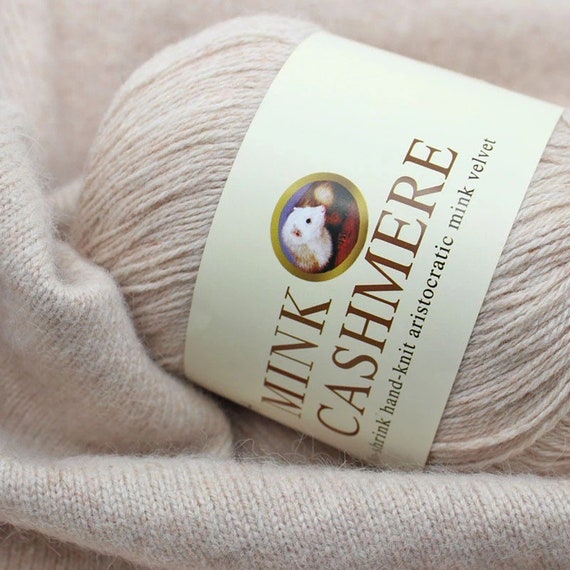The Luxury of What Is Cashmere: How It Transforms Your Wardrobe
The Luxury of What Is Cashmere: How It Transforms Your Wardrobe
Blog Article
Exploring the Different Kinds Of Cashmere a Natural Fiber for Ultimate High-end
Cashmere, an all-natural fiber, is commonly related to high-end and convenience. Nevertheless, not all cashmere is produced equivalent. From the highly soft Mongolian selection to the lightweight warmth of Indian Pashmina, each kind offers its very own distinct functions and attraction. The more budget friendly Chinese cashmere, the traditional Scottish variation, and the premium Italian mix, all inform a various story of this amazing fiber. As we unwind the globe of cashmere, a much deeper understanding of its real worth and sophistication begins to emerge.
Recognizing the Lavish Nature of Cashmere
Cashmere, frequently connected with luxury and comfort, holds a distinct allure worldwide of natural fibers. This soft, light-weight product is wanted for its phenomenal heat and exceptional longevity. Unlike various other all-natural fibers, cashmere combines insulation with breathability, using unequaled convenience across varying temperature levels. Its glossy surface and soft structure contribute to its high-end appeal, warranting the costs cost that frequently comes with cashmere garments. In addition, cashmere's integral wrinkle resistance and flexibility boost its desirability, making it a recommended choice for premium apparel and accessories. Despite its delicate look, cashmere has an unexpected durability, able to keep its form and elegant feel over time. This one-of-a-kind mix of characteristics cements cashmere's position as an icon of beauty and indulgence.
Just What Is Cashmere and Where Does It Originate from?

Given these phenomenal qualities, one may ask yourself about the origin and make-up of this luxurious fiber. Cashmere is originated from the soft undercoat of cashmere goats, largely found in Mongolia, China, Iran, and Afghanistan - is cashmere a natural fiber. These goats are adapted to extreme weather conditions, creating an exceptionally fine, soft underfur as a defense against the bitter cold. This underfur, or undercoat, is what is collected for cashmere. Each spring, when the goats naturally dropped their winter months coat, farmers comb the great underhair, leaving the coarser hair behind. This thorough process adds to the shortage and high price of cashmere. With its beginning in the severe landscapes of Asia, cashmere is a testament to nature's capability to create high-end from difficulty.
Decoding the Different Kinds of Cashmere
Understanding the different sorts of cashmere is essential to appreciating the high quality and distinct attributes of this lavish textile. Usually, cashmere is classified right into three types: raw, virgin, explanation and reused. Raw cashmere is straight gotten from the goat and is unrefined. This kind commonly consists of pollutants such as dirt and coarse hair. Virgin cashmere, on the other hand, is the pure, unrecycled product that is rotated into yarn for the very first time. It is the softest and most lavish. Ultimately, recycled cashmere is made from virgin product that has been read previously made use of. It is re-spun and utilized in producing lower-cost cashmere items. Deciphering these types is the primary step in comprehending the exclusivity and worth of cashmere.

The Unique Qualities of Each Sort Of Cashmere
Having actually checked out the different classifications of cashmere, it becomes noticeable that each type flaunts its distinct collection of qualities. Mongolian cashmere, for circumstances, is renowned for its exceptional top quality, due to Mongolia's extreme winters that create longer and finer fibers. Conversely, Chinese cashmere is usually much more inexpensive, though its much shorter fibers can reduce toughness.
Why Cashmere Is the Epitome of High-end in vogue
Cashmere holds a renowned placement worldwide of fashion, considered as a symbol of high-end and refinement. Its allure is not just in its soft qualities and heat, but likewise in its rarity and the thorough process associated with its purchase. Cashmere is originated from the great undercoat of Himalayan goats, known for their exceptional top quality fiber. The deficiency of this fiber, combined with the labor-intensive process of collection, adds to its high rate and unique status. Cashmere's unmatched convenience and resilience make it a popular product in the production of premium garments. Its natural lightweight and protecting properties contribute to its value, making it the epitome of high-end in style.
The Process of Making Cashmere: From Goat to Garment
The journey of cashmere, from being an undercoat of a Himalayan goat to an elegant garment, is an elaborate one. This mix is then painstakingly divided, with just the soft down utilized for cashmere. From goat to garment, each step is a testament to the ability, creativity and patience included in crafting cashmere.

Verdict
To conclude, cashmere, with its natural elegance and unrivaled comfort, reigns supreme worldwide of high-end style. The variety in types, varying from the soft Mongolian, lightweight Indian Pashmina, inexpensive Chinese, standard Scottish, to the vivid Italian, reveals the flexibility of this all-natural fiber. The scrupulous process of transforming it from a goat to a garment even more contributes to its exclusivity, making cashmere the embodiment of elegance and deluxe.
Cashmere, a natural fiber, is commonly associated go to this website with high-end and convenience (is cashmere a natural fiber).Cashmere, frequently linked with high-end and convenience, holds a distinct appeal in the globe of all-natural fibers. Unlike other natural fibers, cashmere combines insulation with breathability, supplying unmatched convenience across varying temperature levels. Cashmere is obtained from the soft undercoat of cashmere goats, largely located in Mongolia, China, Iran, and Afghanistan. Cashmere is acquired from the fine undercoat of Himalayan goats, understood for their remarkable high quality fiber
Report this page